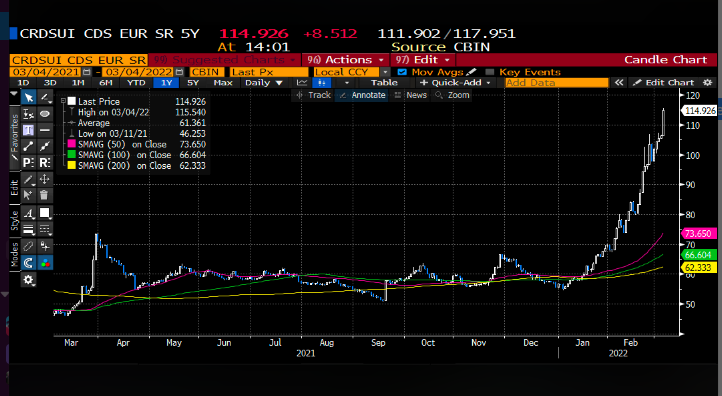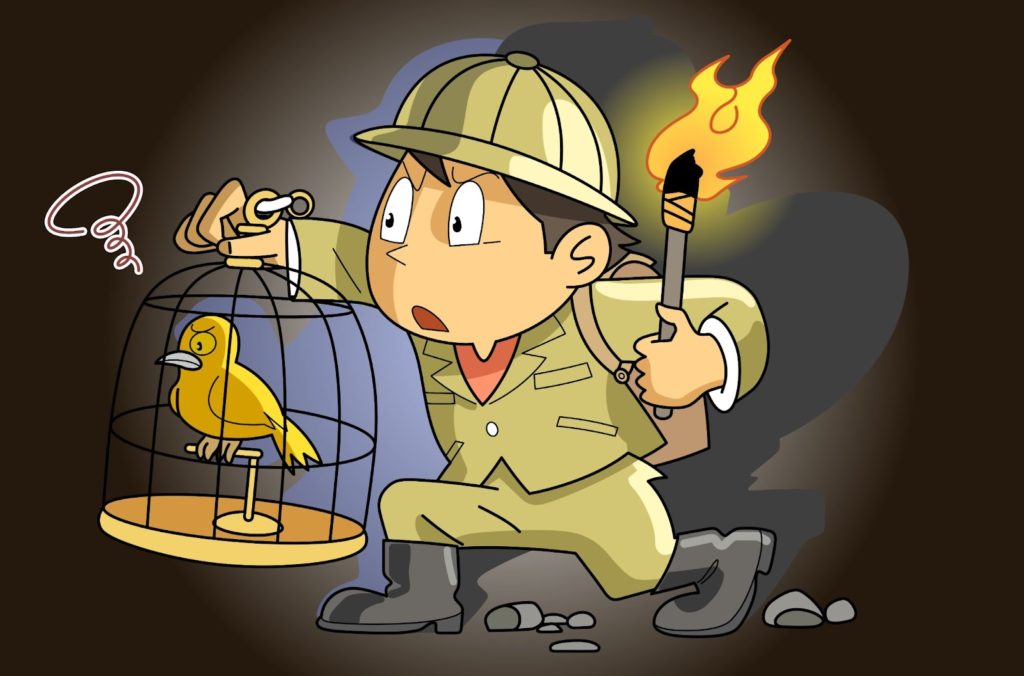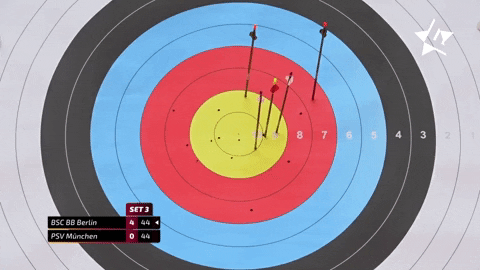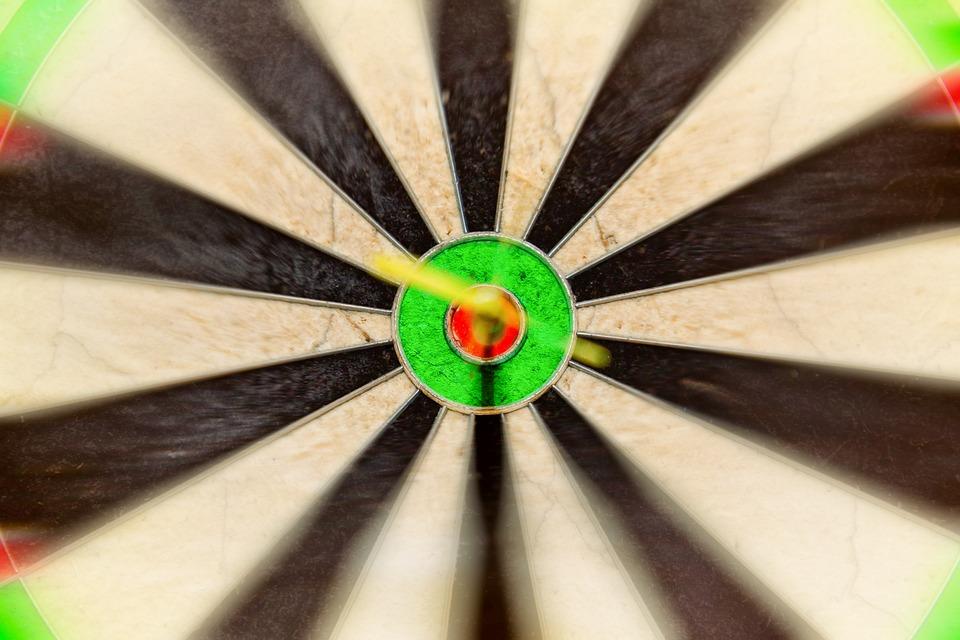It appears as though Russia is being forced back into the Soviet Union, disconnected from the west. Crippling sanctions combined with U.S companies leaving the world’s largest country looks like it will have devastating consequences for Russia’s economy.
However, the ripple effects for Europe, the United States, and world markets are unclear, and there is still the possibility of financial contagion as Banks, funds, and companies with exposure to Russia have to deal with the consequences.
Financial Crisis start with some bank going broke, and no one saw it. The price of Credit Default Swaps (CDS) on Credit Suisse has almost doubled in a matter of weeks. Many funds, including PIMCO, have exposure to Russian debt. It could take weeks and months to figure out how the Russian crisis will affect the rest of the financial world, and once the links are untangled, there is the possibility of a Black Swan event.
Here is a chart of Credit default swaps for Credit Suisse:

As we can see the price of Credit Default Swaps i.e. the contracts that payout if the bank defaults on its debt has risen from 60 to 114. This means that the market is pricing in a much higher probability that Credit Suisse will default on its obligations and possibly go bankrupt. How much exposure does Credit Suisse have to Russian assets? How many other banks and funds have exposure to Credit Suisse? It is this systematic risk that could take weeks and months to unravel, and a lot of it will depend on what happens in Russia when their markets reopen.
PIMCO, the world’s largest bond fund, has amassed billions of Exposure to Russian debt facing default. Pimco had at least $1.5 billion of sovereign debt, according to the latest fund filings compiled by Bloomberg. It had also placed about $1 billion of bets on Russia via the credit-default swap market as of Dec. 31, according to fund documents on its website. The Financial Times reported the holdings earlier on Thursday and said Pimco faces billions of dollars of losses should Russia default on its debt.
Now, whilst this exposure is sizeable, it is a fraction of the $2.2 trillion in assets PIMCO managed at year-end. But once again, how many overleveraged funds are there out there that could see margin calls if Russia defaults? In 1998 when Russia defaulted, LTCM faced billions in losses and had to be bailed out. During this period, the SPY fell 15%.
It is not yet clear what is to come. Russia may not default, it looks like it has the ability to pay, at least for now, but sanctions are putting pressure on its government, banks, and companies. A widespread stampede out of Russia by American companies is sure to put pressure on the Russian economy. In addition to this, there is even more Inflation than is expected in the United States and Europe due to sky-rocketing metals prices, and Chinese stocks are in a bear market, with a possible housing crisis taking place there as well. All of this risk could lead to contagion into U.S financial institutions and thus lead to a bear market crash.
One way to protect your assets and Hedge your portfolio is through the purchase of volatility instruments such as the UVXY and VXX, which usually go up in value when markets fall and volatility increases. You can read more about that here.
Alternatively, if there is no contagion, given the grave uncertainty in overseas markets, there could be a flight to safety into U.S assets. However, Inflation and interest rates pose a real risk to the U.S economy moving forward.






3 Comments
Jeff,
Great service to the community at large! In black and white. Thanks.
Vinod Patel
Houston Tx
Much appreciated
Keep em coming